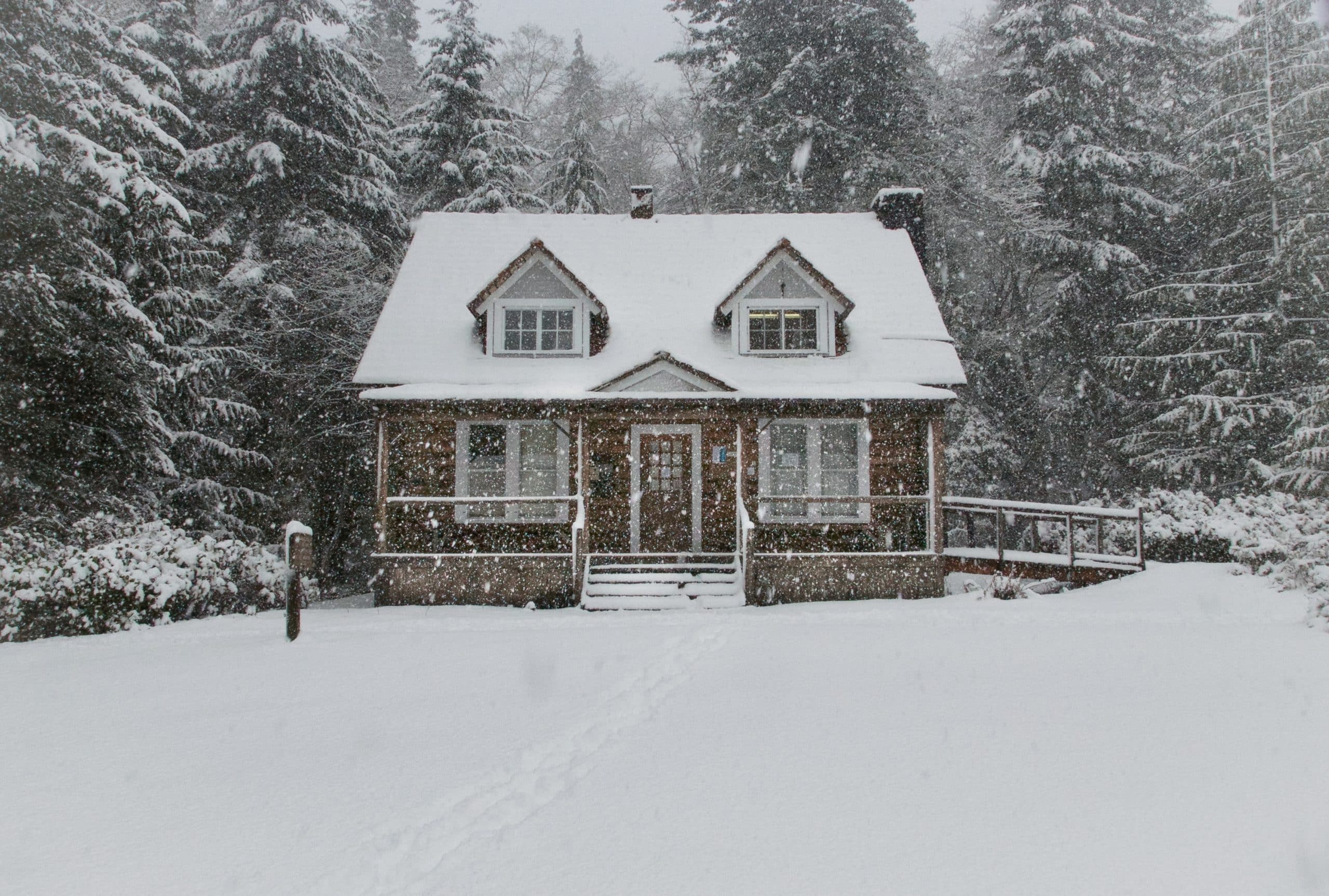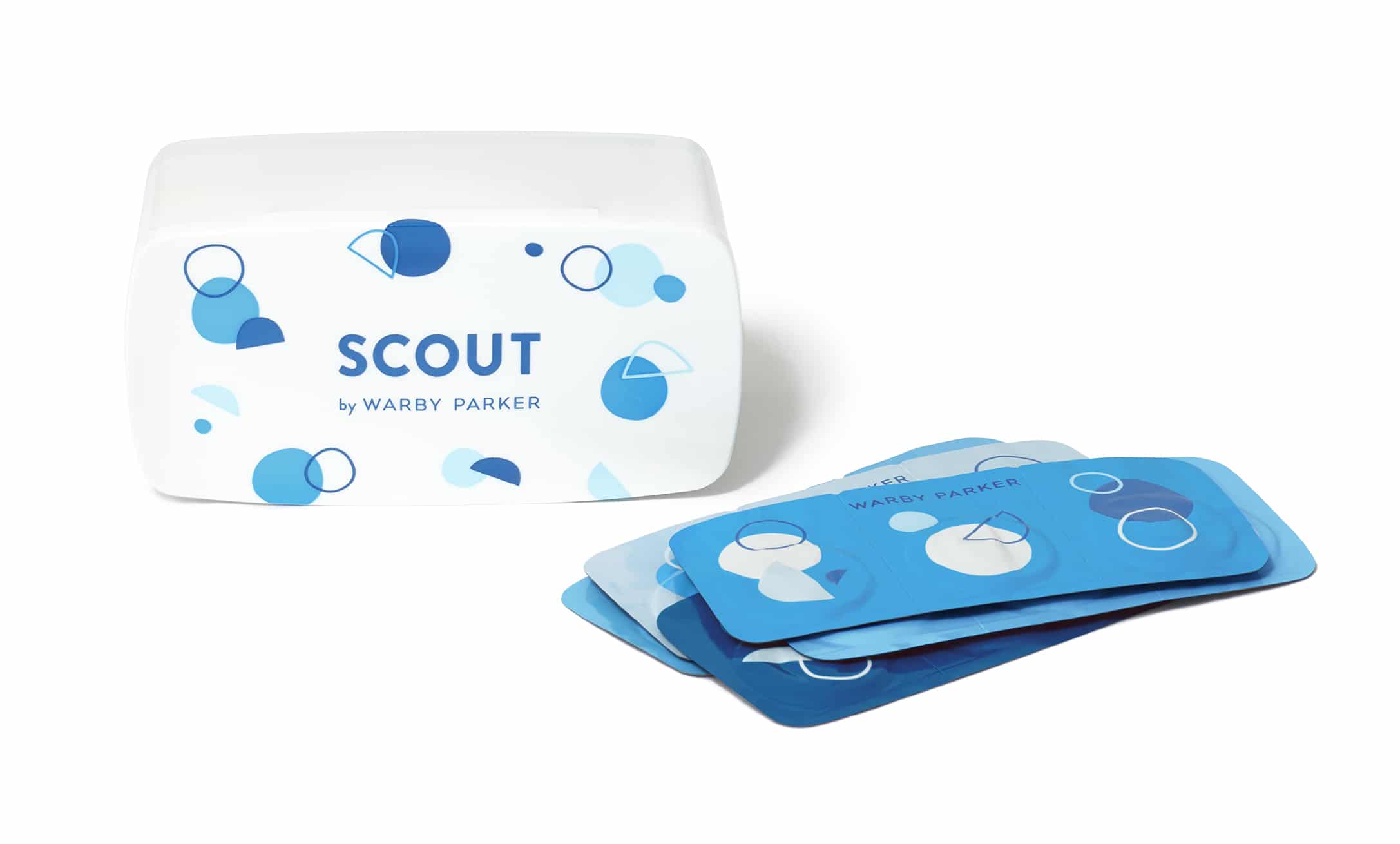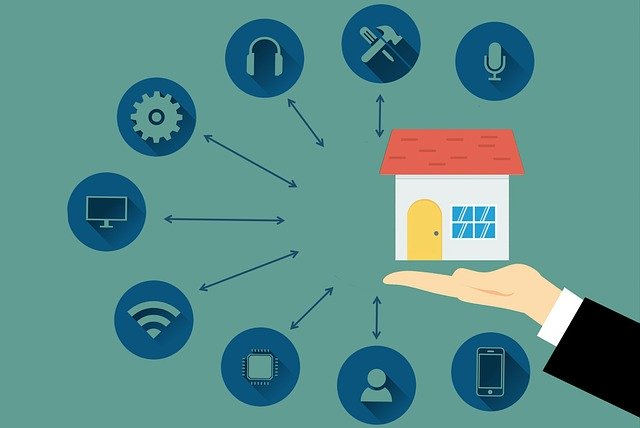
Eco-Friendly Tips for Winterizing Your Home

Winter is coming and, in many places, it’s bringing along frigid temperatures, slick ice patches and hair-whipping winds. You’ll likely want to prepare, but you definitely don’t want to rely on environmentally harmful materials.
Luckily, it’s easy to winterize your home with these seven sustainable tips:
1. Add More and Better Insulation
When you add extra insulation to your attic, you trap warm air in and prevent it from escaping outside. Likewise, you prevent frigid temperatures from breaking in. To winterize your home, you can choose from several eco-friendly options.
Sheep’s wool, for example, is fire-resistant and breathable. It can also take on moisture and limit condensation naturally. Another option is icynene, a material that expands up to 10 times its initial volume. While it resembles whipped cream when installed, icynene solidifies to create an impenetrable barrier. Shredded demin, cotton and cork are a few other eco-friendly insulation alternatives.
2. Close Up the Fireplace
In winter, a fireplace is an excellent way to keep your home toasty warm. Yet when the fire it out, it’s essential to close the flue. Keeping it open without logs burning is like leaving a window wide open. Warm air will flow out and cold air in.
Many people leave the flue open to avoid the buildup of carbon monoxide. However, one workaround is to put the fire out with water. Wait a few minutes, then close the flue. Voilà — your draft problem is now solved.
3. Clean Your HVAC Filter
If you can access your HVAC system, change the filter monthly. If you have a permanent electrostatic filter, clean it periodically. A dirty filter blocks airflow, forcing your system to run harder to heat your house. The more the system works, the more energy it consumes, equating to higher bills.
With the winter season coming up, I recommend buying filter replacements in bulk. Removing the old filter and installing a new one takes just minutes — a task you can complete while waiting for your morning coffee to brew.
4. Seal up All Cracks
Walk around your home and look for leaks. If it’s cold outside, run your hand around openings to feel for air-flow. Typical problem areas include windows, doors, faucets and siding. Now that you know where to find each leak, choose a solution that works for you.
The easiest way to seal gaps is with expanding foam or acrylic-latex caulk. Latex is ideal if you want to paint over the cracks, while clear silicone is more flexible and less likely to dry out over time. You can find both at any hardware or big box store in your town.
5. Switch to LED Bulbs
LED bulbs are up to 80% more efficient than incandescents, plus, they last more than twice as long as CFLs. Incandescent bulbs only convert about 5 to 10% of the electricity they consume into light — the rest is heat. LEDs, however, are closer to 90% efficiency, with the technology improving every day.
Before winter hits, make the switch to LEDs to reduce your energy bill. These bulbs are ideal for cold climates, including freezer rooms, as they remain reliable even when the mercury drops. Other lights, like incandescents and fluorescents, can be affected by the cold.
6. Install Storm Windows
Do you have old windows that came with the house when you bought it? If so, now is the time to upgrade. Storm windows add a new twist to the traditional style with an additional pane between your home and the outdoors. They’re relatively affordable, easy to install and an excellent way to cut energy costs.
As a bonus, storm windows are easy to remove. In the summer, pop off a pane and let the breeze in. If you see a storm brewing, quickly snap it back in. Plus, this style makes it easy to clean trapped dirt and dust.
7. Invest in a Smart Thermostat
A smart thermostat is a device that regulates the temperature in your home, connects to the internet and helps you save on heating costs. In fact, experts say a programmable thermostat will save you around $180 annually in energy savings.
You can control a smart thermostat with a phone, tablet or smart speaker. Not only can you schedule desired temperature settings, but the device learns your preferences and automatically adjusts. Plus, most devices come with diagnostic features allowing you to detect a problem with your HVAC system.
Sustainably Winterize Your Home This Winter
Don’t let cold temperatures turn your home into an ice castle. Instead, try some or all of the seven winterization tips above. Add insulation to the attic, seal up the flue, switch to LEDs, invest in a smart thermostat and more.
What are your favorite eco-friendly tips for keeping your home warm in winter?



Post a comment